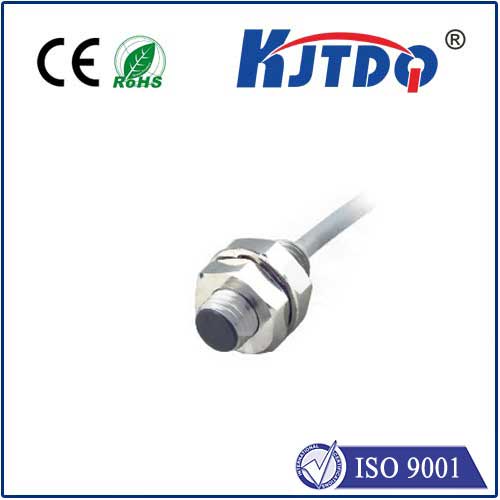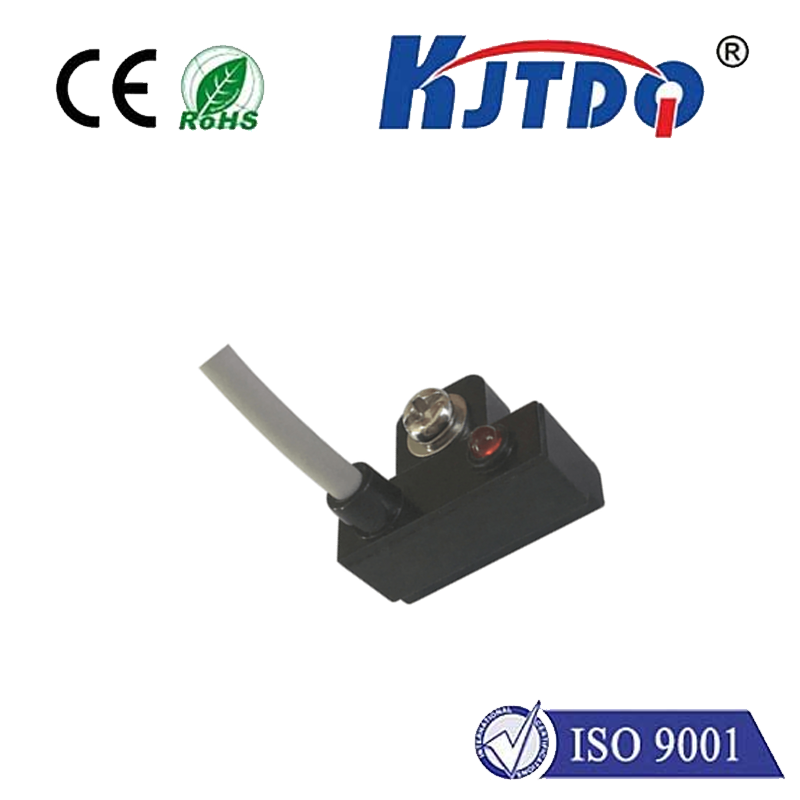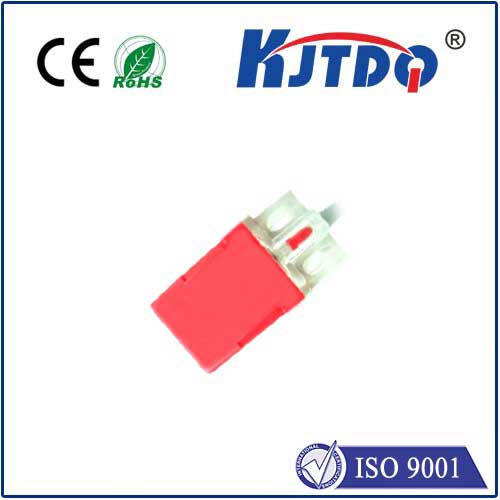

check

check

check

check

check

check

check

check

check

check
In an age where technology is advancing rapidly, the integration of new systems into our daily lives is inevitable. One such innovation is proximity IR or radio frequency identification, which has garnered significant attention in recent years due to its potential impact on the telecommunications industry. This essay aims to explore the implications and applications of proximity IR, emphasizing its transformative effects on communication and connectivity.
Proximity IR technology works by utilizing short-range wireless signals that enable devices to communicate with one another when they are within a specific distance. This technology offers several advantages over traditional long-range communication methods, making it an attractive solution for a variety of applications. For instance, it can be employed in smart home systems, allowing users to control various appliances remotely through their smartphones or other connected devices. Furthermore, proximity IR can enhance security measures by enabling instant detection of unauthorized access attempts.
As proximity IR technology continues to evolve, it is anticipated to revolutionize various industries, including healthcare, retail, and transportation. In healthcare, this technology can be utilized to monitor patients' health statuses continuously without the need for frequent physical visits. In retail, retailers can use proximity IR to track customer movements and preferences, providing personalized shopping experiences. Additionally, in the transportation sector, proximity IR can improve traffic management by providing real-time information on road conditions and congestion.
However, despite its numerous benefits, the widespread adoption of proximity IR technology also poses several challenges, particularly regarding data privacy and security concerns. As more devices become interconnected through this technology, there is a growing risk of sensitive information being compromised or exposed to unauthorized access. Therefore, it is crucial to implement robust security measures to safeguard against potential threats and protect user privacy.
In conclusion, proximity IR technology represents a paradigm shift in the way we communicate and interact with our surroundings. Its potential to transform various industries and enhance our daily lives cannot be overstated. Nevertheless, as with any emerging technology, it is essential to address the associated challenges and ensure that its implementation aligns with ethical principles and standards. By doing so, we can fully reap the benefits of proximity IR while minimizing its potential drawbacks.









